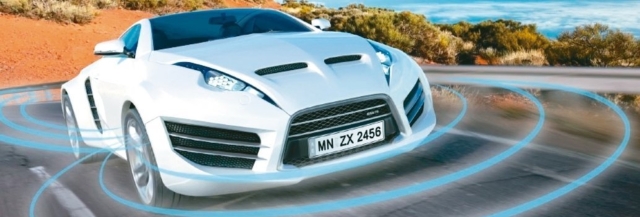Rise of Autonomous Vehicles Likely to Trigger Massive Demands for Auto Lens
2018/02/22 | By Alan LuAs the U.S. Congress moves quickly to pass the first federal law governing self-driving cars, many auto makers have poured considerable resources into R&D of autonomous vehicles, which, in turn, is very likely to trigger massive demands for auto lens, a core part to support the technology of autonomous driving system, in the coming years.
Compared to a smartphone lens, an auto lens features a longer service life of 8-10 years, and is subject to stricter functional waterproof, shock-resistant and antimagnetic requirements.
In addition, as an auto lens must be able to work in temperatures ranging from minus 40 to plus 80 degrees Celsius; such a product calls for glass to be made, so as to meet different climatic requirements.
For instance, a well-known electric vehicle brand in the U.S. has adopted such lenses made of two pieces of molded glass and four pieces of glass for its autonomous vehicles.
Mainly on the trend for autonomous vehicles among world's major carmakers, the global market for auto lenses last year reached 70 million units for an annual growth rate of 30 percent
For safety and other considerations, an autonomous vehicle requires multiple smart sensing devices and technologies, like laser detector, a core part of a self-driving car which is capable of creating 3D maps through continuously scanning the environment with a diameter of 200 meters; 3D-LiDar sensing image, a high precision system which can translate the maps into readable data; position sensor, a device usually installed on the rear wheel of the vehicle to monitor whether the car is on the scheduled route; global positioning system (GPS), a system to pinpoint the location of the car; infrared camera, a tool showcasing the images sent by infrared signals; radar sensor, the device to detect the distance between the cars the moving objects nearby; 3D images system, a system that sends 3D images of the traffic information, which can help the car to detect emergency or dangerous situation.
As the U.S. congress passed the self-driving federal law, the United States Department of Transportation (USDOT) has also released its Automated Driving Systems (ADS): A Vision for Safety 2.0, declaring that the year 2025 will be an era for autonomous vehicles, and the demands for auto lens by then will skyrocket.





